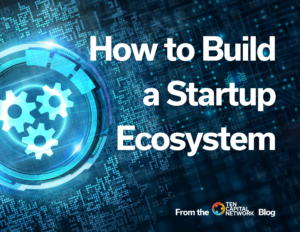
Mastering Product Management
5 min read Mastering Product Management In today’s competitive market, product differentiation has become crucial for businesses looking to stand out and attract customers. Before

5 min read Mastering Product Management In today’s competitive market, product differentiation has become crucial for businesses looking to stand out and attract customers. Before

3 min read Investing in emerging markets can be an incredibly tempting venture. The high-risk/high-reward stakes are likely to draw in investors, both big and

2min read Considering launching a startup ecosystem? Consider this your crash course. In this article, we share everything you need to know to develop your

1 min read When beginning your fundraise, you will quickly find that there are fundraise challenges at every stage. That said, the challenge for each